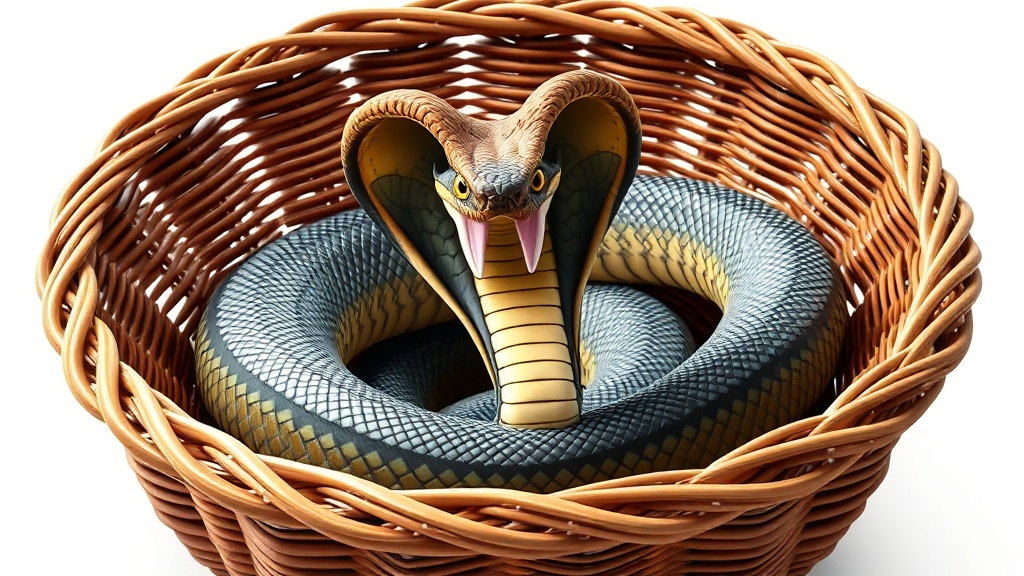Home / Science / Snakes Deaf to Flute's Melody: Vibrations, Not Music, Captivate Cobras
Snakes Deaf to Flute's Melody: Vibrations, Not Music, Captivate Cobras
13 Nov
Summary
- Snakes sense vibrations, not airborne sounds like music
- Cobra's sway is a defensive reaction to motion, not a dance
- Snakes' unique biology allows them to detect vibrations through the ground

According to a recent study, snakes do not actually hear music or respond to airborne sounds. Instead, they primarily sense vibrations through the ground and track movement, which explains the cobra's apparent "dance" before a flute player.
The study, conducted in 2023, examined how 19 snakes from five genera reacted to sound and vibrations. It revealed that snakes focus on ground vibrations and movement rather than airborne sounds, highlighting their unique sensory perception. Unlike humans, snakes lack external ears and rely on internal structures connected to their jawbones to detect vibrations.
This biological setup means snakes are essentially "deaf" to typical environmental sounds, including music. However, their sensitivity to ground vibrations helps them detect approaching animals, prey, or potential danger. When a snake charmer plays the flute, the cobra's raised hood and rhythmic sway are not signs of enjoyment but rather a defensive reaction to the motion of the instrument and the vibrations it creates.
The classic image of a snake "dancing" to a flute is a blend of ancient cultural storytelling and natural animal behavior. While humans are enchanted by the idea of music charming a serpent, science shows that snakes live in a world ruled not by sound, but by vibration, motion, and instinct.




